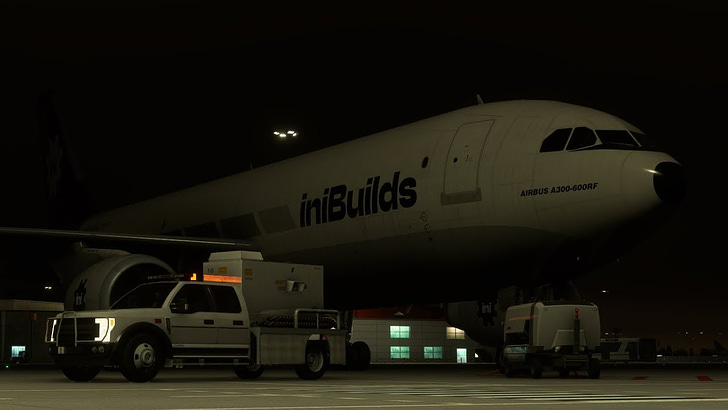Cascading failures - when a flight goes wrong
While fairly tired last night, I recorded a livestream with the A300 - mostly because a few people had asked when I might return to it - and it turned into a really good example of how failures tend to cascade from one to the next.
What started out as “admiring the scenery on departure” turned into being behind the aeroplane for a few seconds - and that caused mayhem. While it was straightforward to recover, it also increased the workload for a single pilot (the perennial simulator problem), and turned into a minute or two of unanticipated work to get the plane back on track.
Watching it back (myself) is not easy viewing - seeing the aircraft first leave the track while I’m looking outside, then miss a waypoint, then overspeed the flaps, then the auto-throttle fail - all caused by not concentrating in the first place.
I suppose the lessons that it taught were many:
Don’t admire the scenery during departure.
Hand flying is sometimes a better option than even contemplating using the autopilot
It pays to keep the heading bug updated in case you need to revert to heading mode on the MCP
It pays to know the target altitude, climb or descent rate, and airspeed at all times. Looking them up on a chart eats seconds while you’re hurtling through the sky in 100 tons of hardware at several hundred knots.
Seriously, don’t admire the scenery.
It makes me smile really, because I sometimes take part in group flights with ATC, and will hear the other pilots admiring the scenery - while I have spent the vast majority of the flight concentrating on making sure I hit every mark, and don’t put a foot out of place.
On top of that, I invariably use real weather and time. While navigating through driving wind, rain, and cloud towards a difficult final approach in the dark, I hear others admiring the scenery and start shaking my head - wondering why I’m making it so difficult for myself.
I guess it all comes down to the lesson I’ve talked about in the past - you learn a lot more when things go wrong, than you do when everything works as planned. If you intentionally make a flight easy - with clear weather, sunshine, no wind, and a perfectly programmed autopilot that takes you from origin to destination without so much as touching the controls - what have you really learned?


